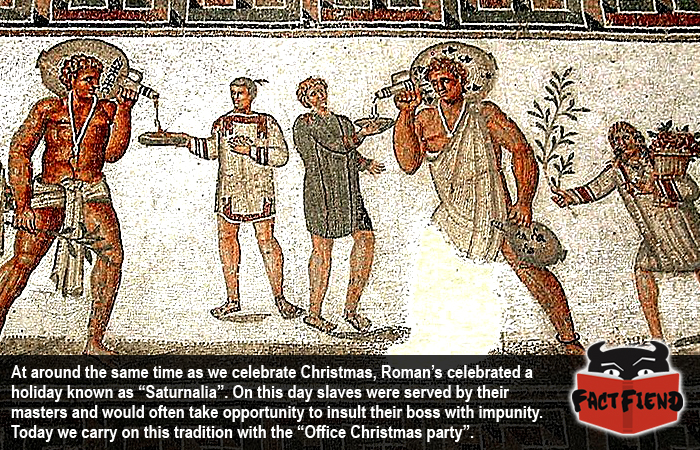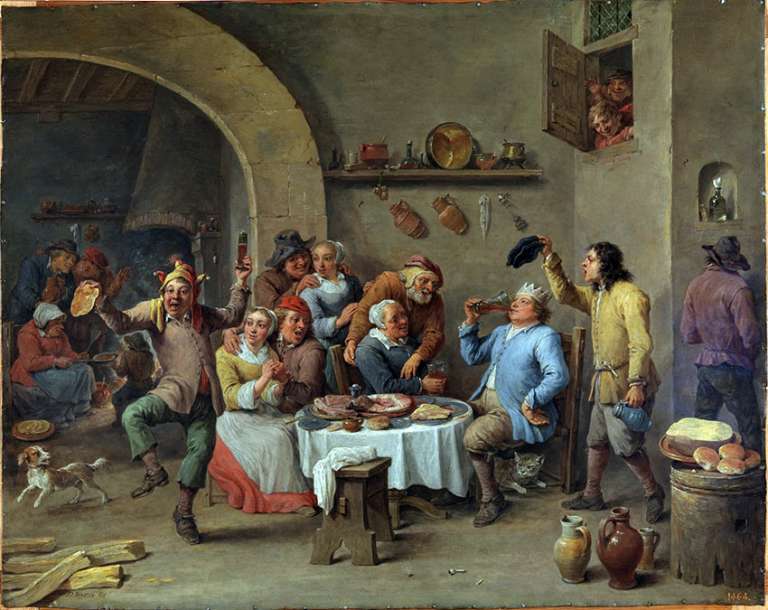

In fact by this time the Mithraites were willingly converting to Christianity. This was not due to Christian persecution, since Christians were not yet in power and were themselves still being persecuted.īy the fourth century, Mithraism was virtually comatose and no threat to Christianity whatsoever.

However, by the third century it was already in decline. Mithraism had some early success, and spread quite rapidly throughout the empire over a century or so. So by the time it emerged in the Roman empire, Mithraism was actually the newcomer religion competing with Christianity, not the other way around.

This was some decades after Christianity was already quite widely established across the empire, from Rome itself to Alexandria in Egypt. The earliest definite physical evidence dates to around 100 CE, and the earliest literary references are dated slightly earlier, around 80 CE. Mithraism was a pagan religion of uncertain origin, which does not actually appear in the Roman empire until the end of the first century. Fourth century Christians weren't trying to compete with Mithraism. Christmas celebrations weren't invented to replace the solstice festival, Saturnalia, or the memorial of Sol Invictus. December 25 wasn't chosen as the birth of Jesus because of a pagan festival. It looks like the evidence is overwhelming, and standard reliable reference sources agree Christmas is a festival stolen and rebranded by fourth century Christians. "It was chosen by Pope Leo I, bishop of Rome (440-461), to coincide with the Festival of the Saturnalia, when Romans worshipped Saturn, the sun god.Leo thought it would distract his Roman congregation from sun worship by celebrating the feast of Christ’s birth on the same day.It is true to say that the western Christmas began as a Christianized pagan feast." This is supported even by more scholarly online sources such as The Conversation, "an independent source of news and views, sourced from the academic and research community".

"The idea of celebrating the Nativity on December 25 was first suggested early in the fourth century CE, a clever move on the part of Church fathers who wished to eclipse the December 25 festivities of a rival pagan religion, Mithraism, which threatened the existence of Christianity." Internet fact checker Snopes agrees Christmas was invented to provide an alternative to the celebrations of Mithraism, a rival pagan religion which threatened Christianity. "The reason why Christmas came to be celebrated on December 25 remains uncertain, but most probably the reason is that early Christians wished the date to coincide with the pagan Roman festival marking the “birthday of the unconquered sun” (natalis solis invicti) this festival celebrated the winter solstice, when the days again begin to lengthen and the sun begins to climb higher in the sky." But they all agree on one point Christmas was invented as a Christian takeover of an original pagan festival.įor a five minute video version of this post, go here.Ĭertain standard reference works, such as the New Encyclopedia Britannica and Merriam-Webster's Encyclopedia of World Religions, actually support this claim with soberly written and referenced articles. Sometimes it's the seasonal solstice celebration, sometimes it's the Roman festival Saturnalia, sometimes it's the memorial of the Mesopotamian god Tammuz, sometimes it's the festival of the Roman god Sol Invictus and Mithraism. These memes are inconsistent on the details of exactly what was hijacked. Every year in December a predictable pattern of memes appears claiming Christmas is a Christian hijack of a pagan festival.


 0 kommentar(er)
0 kommentar(er)
